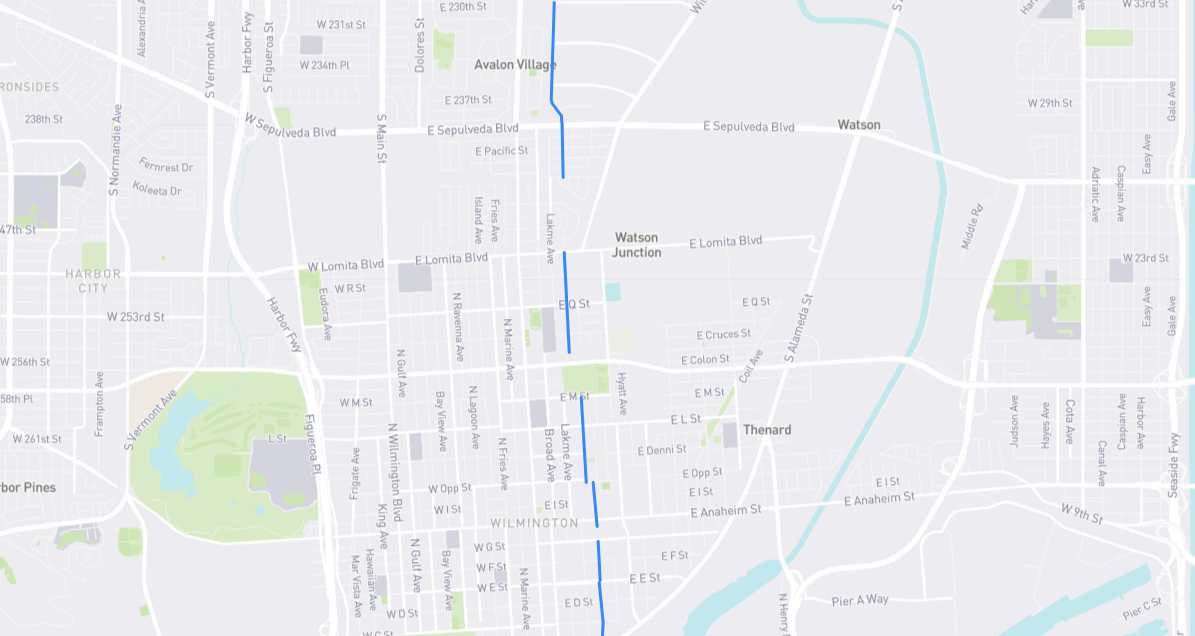Much can be said about Phineas Banning (1830-1885), so significant was his short life, but here’s a quick sketch. Born near Wilmington, Delaware, Banning set sail for San Francisco in 1851. According to lore, the ship he was on was seized by debt collectors, which left Banning in the sleepy fishing village of San Pedro, where he got a job as a clerk. Twenty miles away, the young city of Los Angeles was struggling to grow without a port, so Banning saw an opportunity: partnering with David W. Alexander, he launched a service wagoning goods from the coast into town. As business boomed, Banning decided to build L.A. its own port. He led a team of investors in buying harbor land from the Domínguez family and in 1863 he named the port Wilmington, after his hometown, while the long process of dredging the harbor and constructing a breakwater continued. Along with championing SoCal’s first railroad (between Wilmington and L.A., naturally) and serving on the CA State Senate, Banning also ran a stagecoach service between L.A. and Yuma, AZ; a stop along the route later became the city of Banning in Riverside County. Banning’s first wife Rebecca (née Sanford) gave him three surviving sons before she died in childbirth in 1868. The sons would buy Catalina Island in 1892. Second wife Mary (née Hollister; her uncle William is namesake of Hollister, CA) bore Banning two daughters – one of whom, Lucy, deserves her own book: she would marry four times and steal at least one husband (see Dolores Road). Phineas Banning suffered internal injuries after being struck by a wagon in San Francisco in 1883. He perished in that city two years later.
Find it on the map:

